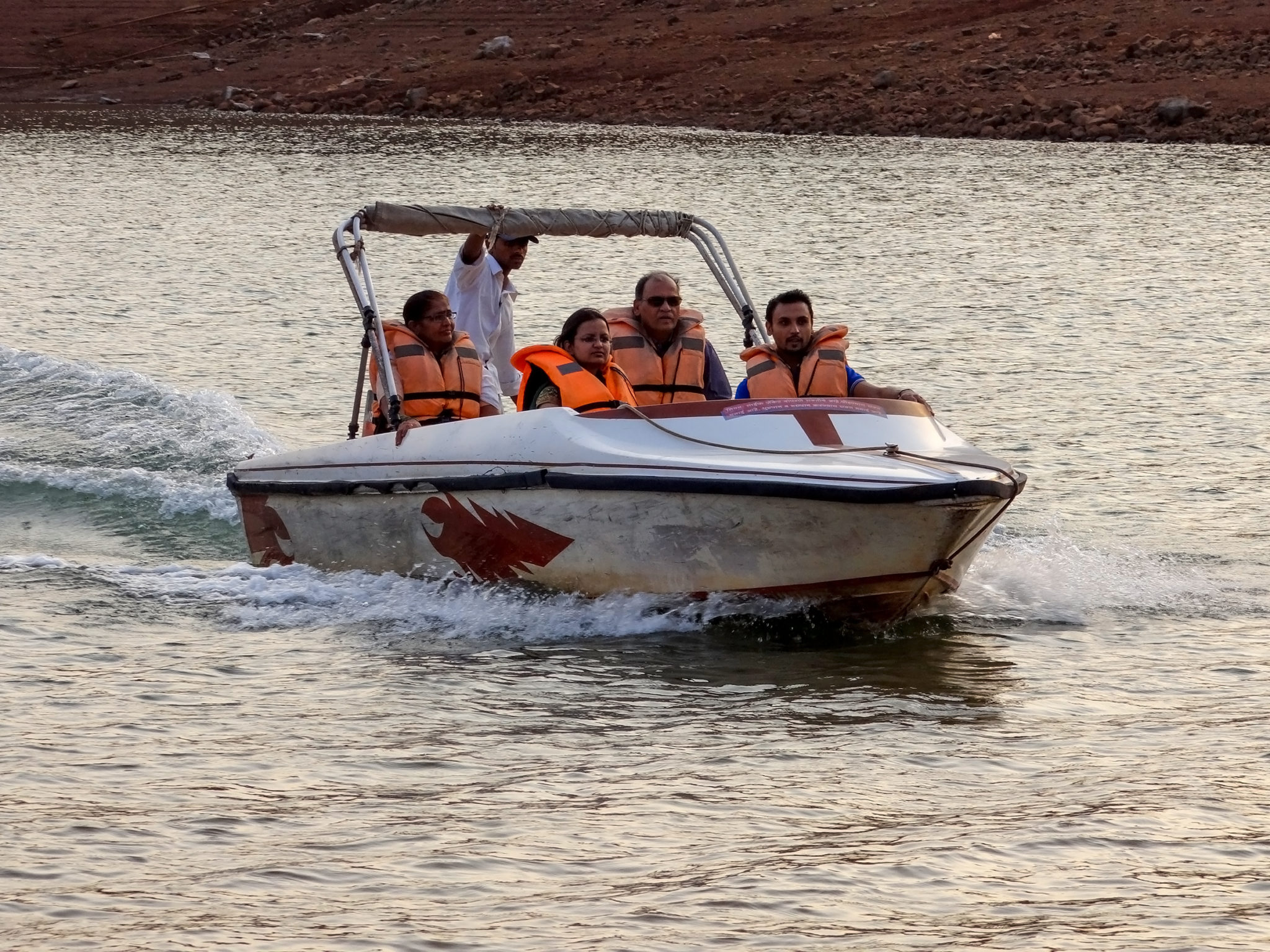Summer relaxation in Ontario often involves getting out on the water for fun. The last thing anyone wants to think about in this situation is a catastrophic injury.
But studies in Canada show that boating fatalities number about 100 across the country each year.
A Canadian Red Cross study based on 18 years of research shows that 50% of water-related deaths are the result of a boating accident, and nearly 40% of all drownings resulted from boating accidents.
Head or brain injuries account for about 45% of trauma fatalities in motorized vessel accidents.
But there are a number of things you can do to ensure that you’re safe before you hit the lakes in a motorized craft. These are at the top of the list:
- Wear a Life Jacket
About 90% of those who died in a boating accident were not properly wearing a life jacket or personal flotation device (PFD). According to a Public Health study, only 8-10% of boaters wear these properly. This Red Cross guide explains how.
- Do NOT Boat Under The Influence of Alcohol
The Red Cross study found that in over 40% of all boating deaths, alcohol was involved in some way. Drinking is also involved in 65% of overall boating accidents.
The Don’t Drink & Drive campaigns are ubiquitous now for drivers on the road, but for some reason, boaters don’t seem to feel it applies to them. In fact, an astounding 37% of boaters in Canada admit to consuming alcohol every time they boat. Yes, every time. And 66% say they do it occasionally.
But for those who do: the law is not on your side. Drivers of motorized vehicles on the water are subject to the same impaired driving laws as automobile drivers. Don’t drink and boat.
- Carry The Proper Safety Items On Board
There are a number of pieces of safety equipment that are required on any boat, including a life jacket or PFD for every passenger; a first-aid kit; a buoyant line 15m or more in length; flashlight or flares; a paddle or anchor; a sound signalling device and a bailing bucket.
- Inspect Your Boat
It’s imperative that your vessel is in safe working order, from stern to bow. You wouldn’t take to the highway at night if your car’s headlights were on the blink, nor would you get behind the wheel if your car was taking on water. Check that your vessel is in ship shape before you hit the waves.
- Boating Licence
If you are operating a motorized vessel, you must pass your Ontario Boating Licence exam. Learn how here.
How Does the Marine Liability Act Work?
We’ve covered some of the legal requirements in these safety tips. But there are others to be aware of. Unfortunately, many fatalities and serious injuries to boaters are a result of the negligence of a boat operator, which as we’ve discussed often involves alcohol consumption, as well as speeding.
When people are injured in a boating accident the Marine Liability Act applies, which almost always limits the liability of the owner and operator of a typical recreational boat or personal watercraft to $1,000,000.
The limitation of liability is extremely difficult to overcome. The Supreme Court of Canada has interpreted the Act to require reckless behaviour and the intention to cause the specific harm that was caused. However, as proving “intention” is very difficult, it would only be on the rarest of occasions that the limitation of liability would not apply.
This restriction applies to all of the potential claims arising out of the accident, therefore it frequently results in all of the injured victims and the family of a fatally injured person competing for the limited fund. An experienced personal injury and marine liability lawyer is essential in these cases.
If you or a loved one has been injured in a boating accident, call Horowitz Injury Law immediately, and get the law on your side. Brian A. Horowitz has nearly 35 years of expertise successfully handling boating accident and marine liability cases, and he will ensure you get the compensation you deserve. Call 416-925-4100.




